Virginia Lupu is a Romanian photographer currently based in Timișoara. I met her in December at an exhibition opening in Salonul de Proiecte in Bucharest: she arrived with hydrogen peroxide in her bag to bleach their eyebrows with our friend in common – the performance artist Paul Dunca in the office of the gallery. I already knew one of Virginia’s earlier series in which she documents the everyday life of a trans community. About a year ago she started to work on a new theme. Her recent photographs present Roma witches tendering the meat, getting married, cursing and healing. I was curious about her experiences in collaborating with and getting closer to these women with special power. Eventually it turned out that Virginia has witchcraft in her blood, too.
On your latest photos we see Roma witches cooking, posing, partying, dressing up and making magic. How did you get to know them?
I had the chance to collaborate with a Berlin-based magazine interested in Roma culture. Through them I met Mihaela Minca, one of the most powerful and wellknown witches in Romania. We bonded really well and she invited me to events, the wedding of her son and of her daughter, Christmas dinners and birthday celebrations. She introduced me to other women practicing witchcraft. When I came to Bucharest I even slept at her house just for a few days.
So your relationship started rather on a personal level.
Exactly. When I met Mihaela my photographic interest was pretty out of raise. To start with the beginning, when I was in college in Bucharest I was in a psychosis. For years I worked constantly, and my main interest was taking photos and I was continuously searching for new subjects. At some point I realized that I don’t have energy for this anymore. Then I moved to Timisoara and I stopped making art for a while. When I met Mihaela I didn’t want to take photos. I was just very passionate about their esoterism and about witchcraft. Initially it was not about art. Anyone would take photos of what you see there, whether an artist or not.
Why did you move to Timișoara?
I wanted to make a change and I picked Timisoara on the map randomly. But I keep in touch with all the people I know through photography in Bucharest. Although I’m officially based in Timisoara, I live kind of in between the two cities now.
How would you introduce the witches?
A witch is the symbol of the self directed woman and the feminine power. So, in other words a witch is a woman with power. Mihaela has big plans: she wants to open a school of witchcraft in Romania that has never existed before. She has two daughters and a boy. One of her daughters got married years ago, she has two kids, but her husband died of heart attack when he was only 20 years old and now she is practically a widow. The other one got married this year. It is a very united family. As for her practice, I think Mihaela is very good at rituals, but not a good future teller. I never really said this to her, but I know how to read tarot — I have witchcraft in my blood too — and sometimes I ask her to read the cards for me, and she is completely out of subject. But every time I watched her making rituals or working for other people — who come to her with very serious life problems — I could feel something really true there.
You worked working for 3 years on a story about a trans community in Bucharest. You even shared the same apartment with them for a while. How long have you been photographing the witches?
I started this one year ago. It’s fresh. But it definitely takes a lot of time. It is a subject that will need a lot of research, and I’m also interested in getting to know other witches in the Roma community.
Is there any connection between this project and your previous materials about the Romanian LGBT community?
Both witches and the queer community have been persecuted for who they are. Witches historically were a marginalized group. They inspire fear and people are genuinely afraid of them. However, witches can be our protectors and witchcraft can help with healing and self-care. Practicing witchcraft is a tool for survival — and survival is important for marginalized communities in capitalism.
How superstitious are Romanian people? Do they believe in witchcraft?
Romania is a country where faith and superstition are definitely a tinder match, ghosting each other. Witchcraft has always been part of our culture. We lived and grew up being afraid of witches. Most of the Romanians wouldn’t admit that these witches have power – especially if you are a Roma, who are still very discriminated in Romania – but actually they give a lot of respect to the witches even if they don’t believe in their power. For example, Mihaela is very well respected in the place where she lives in Mogosoaia, a suburb of Bucharest.
It turns out from a documentary that these women earn a lot of money. Some people to whom psychotherapy doesn’t work visit them on a regular basis hoping for healing and leave there hundreds of euros. In 2011 the government tried to introduce a law forcing witches to pay taxes, but it was never passed. Maybe people do acknowledge and fear of their power?
I know that documentary and it is Brățară speaking about this. She is the mother of Mihaela’s husband. Brățară is an old and experienced witch, and politicians and local celebrities came to ask for her services for many years. Then there were lots of scandals in the newspapers about scamming. Now all politicians say that witches are a fraud, but since the law never passed it seems that truth is in the middle and they have their own reasons of being afraid of them. I wouldn’t judge them for taking big amounts of money from their customers. I believe in their power and some people are receptive to therapy but others are receptive to other methodologies of healing. We all function in a different way.
Brățară also speaks in this documentary about how new technologies help making their power more visible to the world. Some witches have Facebook pages, and can do long distance witchcraft via phone or Skype. What is your opinion, how does this ancient craft work and change in modern times?
Witchcraft is adaptable, too, like any other natural force, it survives over time in its own flow. It is ancient but it made its own way through pop culture and it’s having a comeback. We have many stories about fairies and witches. When I was a kid my grandmother used to tell that if I’m not playing good she will give me to the witches. We are surrounded by and live with these fantasies, and probably this is why we are superstitious and believe that magic really makes things happen. There is a very interesting connection between the Roma witches and their relationship with technology. They know that these are modern times that everything is online now, and in order for their magic to reach many people they perform on social media too.
What do you think about the come-back of esoterism in contemporary Western societies?
I know that it is pretty fashionable now to do art about magic. But to be honest I never really follow the trends. Usually I am already into the subject when I find out that it’s a trend. I think if you don’t have any real connection with magic, but you use it for your art, it is cultural appropriation. Otherwise, magic is a delicate thing. You cannot play with these energies if you are not ready for them.
Another documentary published recently by VICE gives insight to the arranged marriage of Mihaela’s 18 years old son. This story tells a lot about the roles in their family. What are your personal observations?
Their culture is based on different rules and beliefs that I cannot judge because I am not part of it. I know that arranged marriages (marriage based on the parents’ decision) are problematic and they can have very negative reactions. Ami (Mihaela’s son) got married this summer and something very unusual happened. They broke up after a very short time. He is now married again with another girl and this marriage seems happier than the first one.
On the basis of the documentary Mihaela seems to be the leader in the family.
Maybe her husband is not in the spotlight in the movie, but in their culture the man is the leader and the one who gives the instructions. At their gatherings, or for instance the wedding men are with other men and women are with other women. They never really mix.
In my opinion being a witch is a very anti-capitalist and anti-patriarchal kind of job. But they are not aware of these implications, and of their position in this system.
The wedding ceremony was led by a priest. It is very interesting to see how the occult goes hand in hand with the Orthodox Christian tradition.
Yes, but nobody was allowed to record or take photos of the ceremony. The priest prohibited it, because he was risking his job. They are not allowed to come at a witch’s wedding and they are also not allowed to receive a dead person in church if that person committed suicide.
Mihaela also says she believes in God.
Mihaela (similarly to many other Roma witches) has a weird relationship with Orthodoxism. She says her magic cannot be white or black. It has to be both because it’s dual like the nature itself — since magic is a natural force. She believes in God even though she works with the devil too. She goes to the church, and asks God to forgive for her black magic. It’s her way of finding balance.
What can we learn from the witches?
I think women became subjugated in capitalism. They did anything they could to change this position. Becoming a witch is one of the methods. If we can learn something from the witches then this is it. While the domestic class is the most wanted for women, a witch is the one who goes against the norms. The concept of a witch varies from a culture to another.
What is the importance of magic today?
I would say magic starts with an inner calling and it is much simpler than you think. It helps us to understand that each of us has a connection to the natural world, and we must find a way to get closer with it and hear what it has to say. Each plant and each rock and all the water and wind in the world has its own energy.
All works by Virginia Lupu. Courtesy of the artist.
This article was written and published in the frame of East Art Mags programme with the support of Erste Foundation.
POSTED BY
Gyula Muskovics
Gyula Muskovics is an independent curator based in Budapest. He worked for tranzit.hu as a curator and researcher from 2013 to 2017. He was the editor of contemporary art magazines tranzitblog.hu and ...


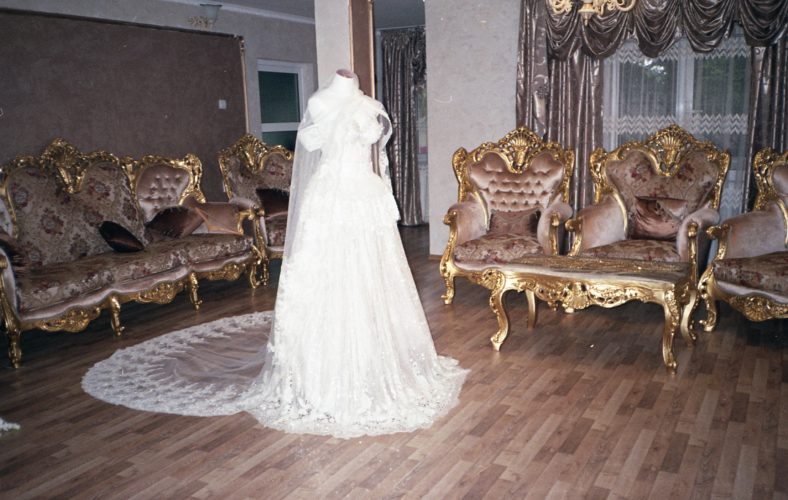
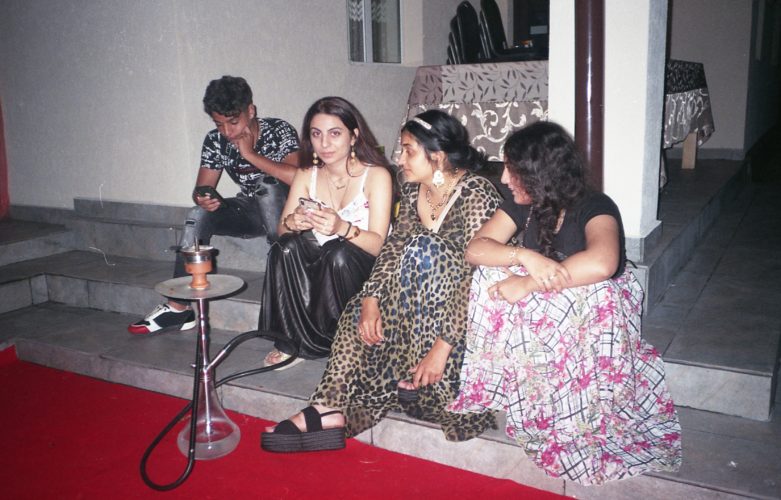
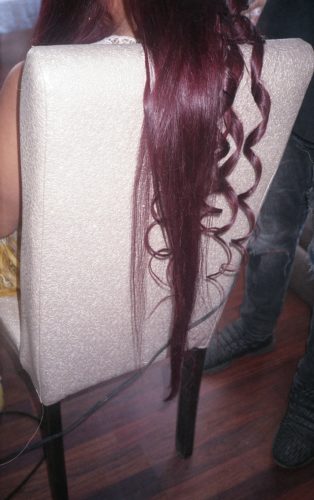
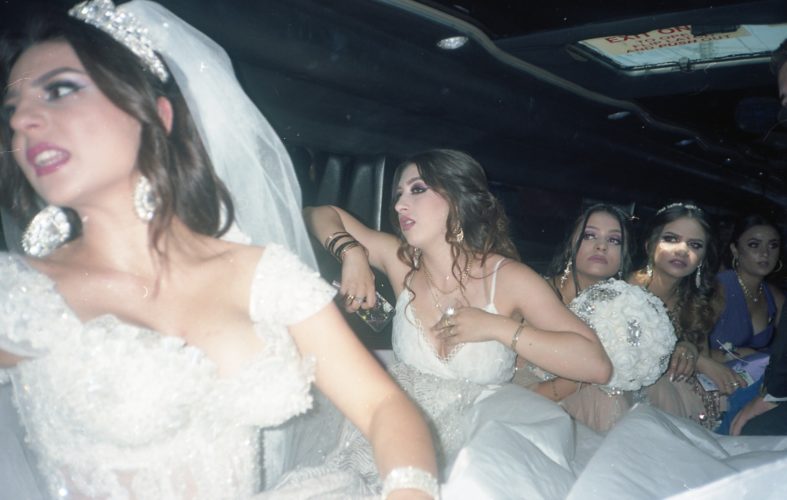
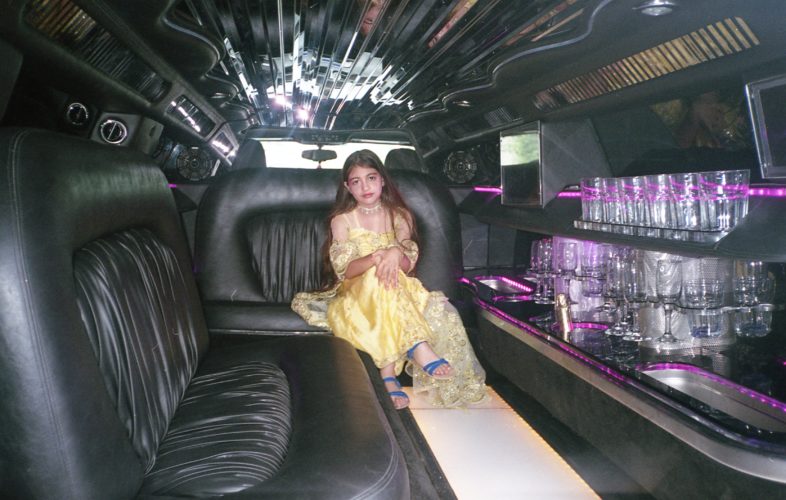
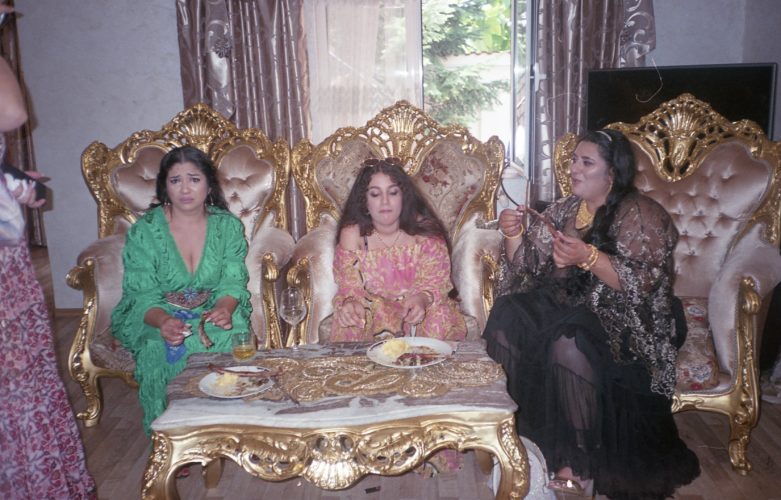
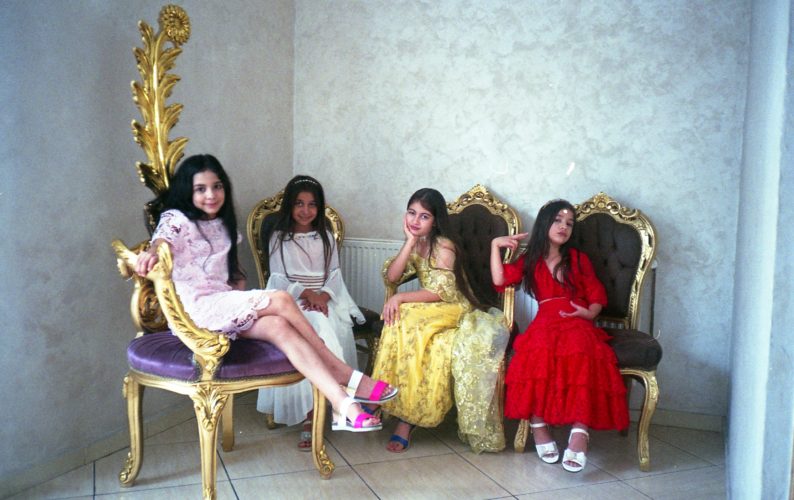
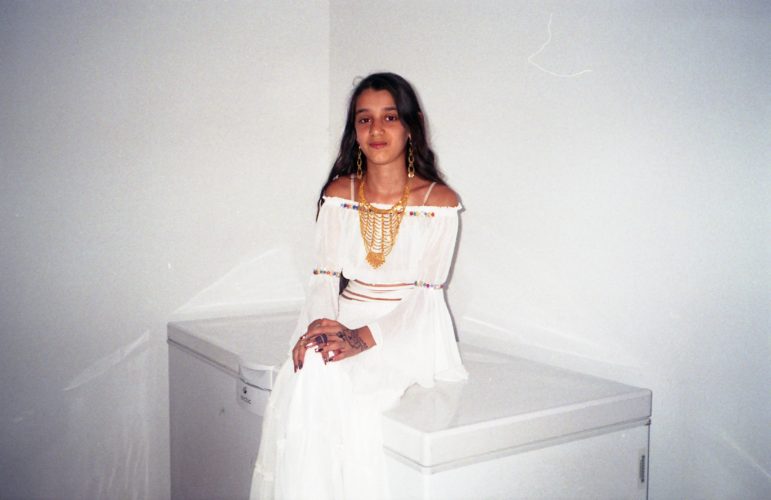
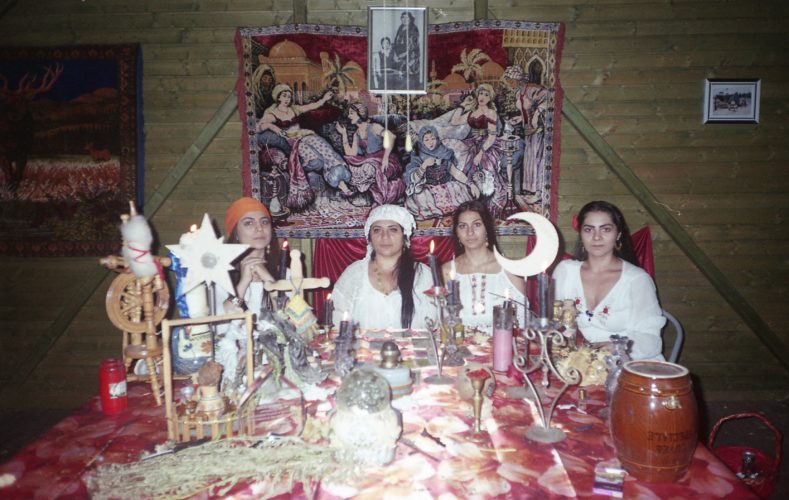
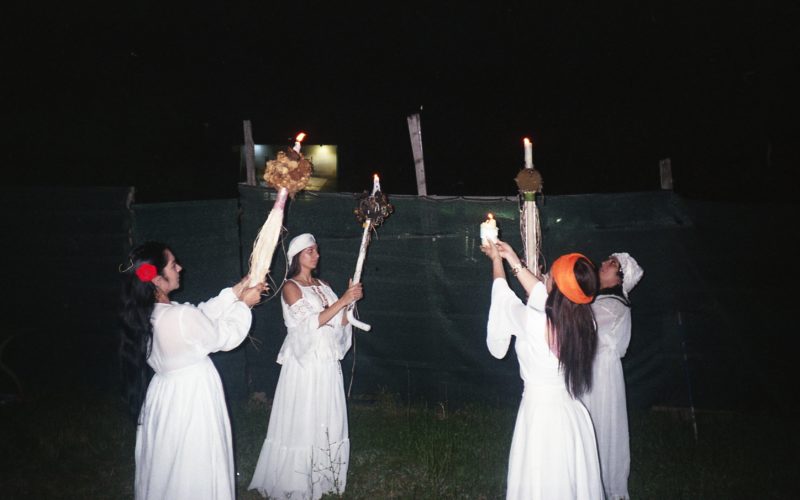
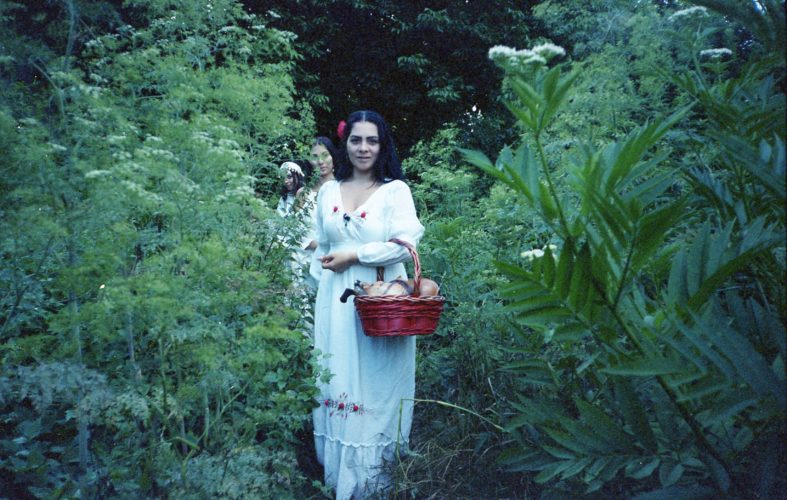
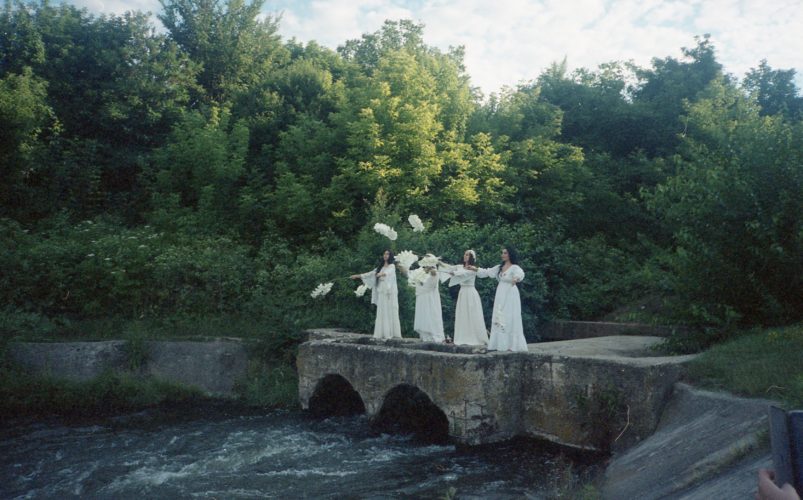
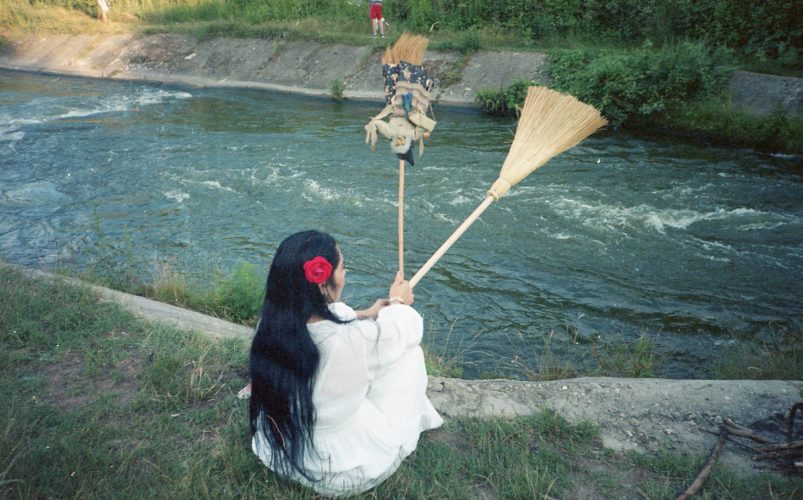
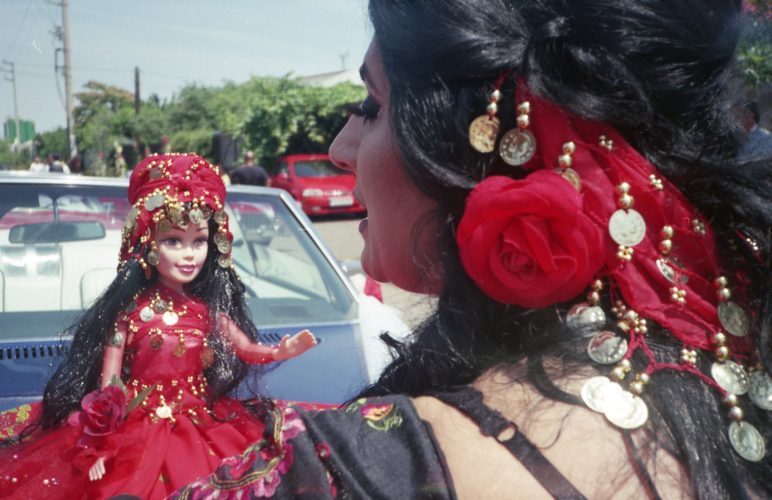
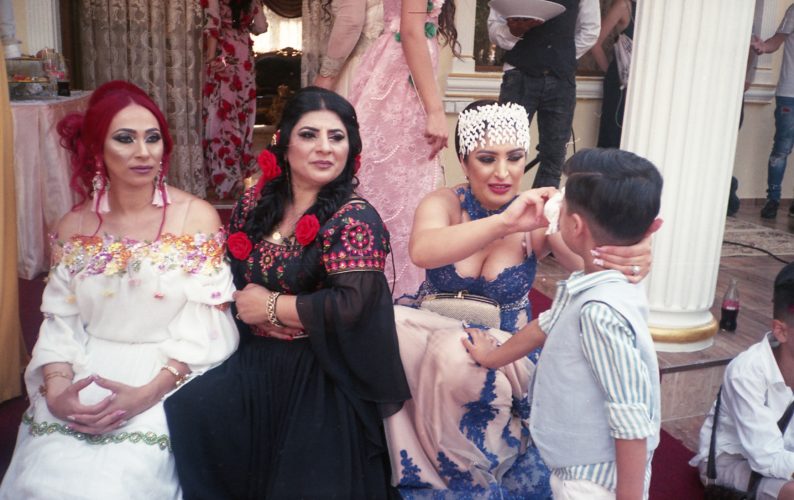
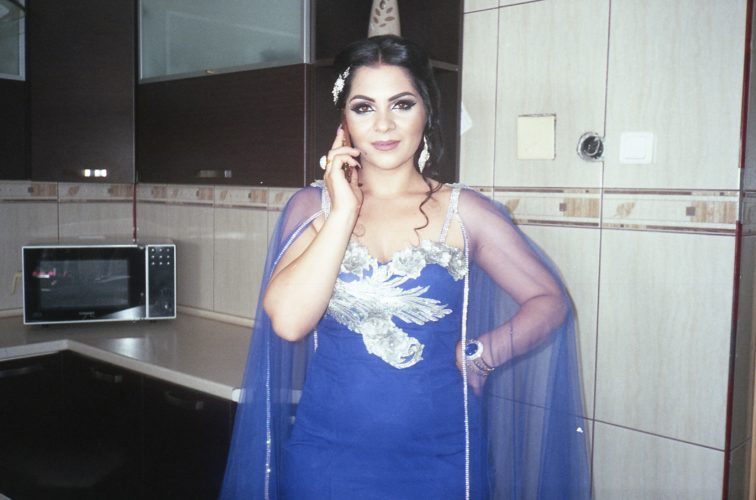

Comments are closed here.